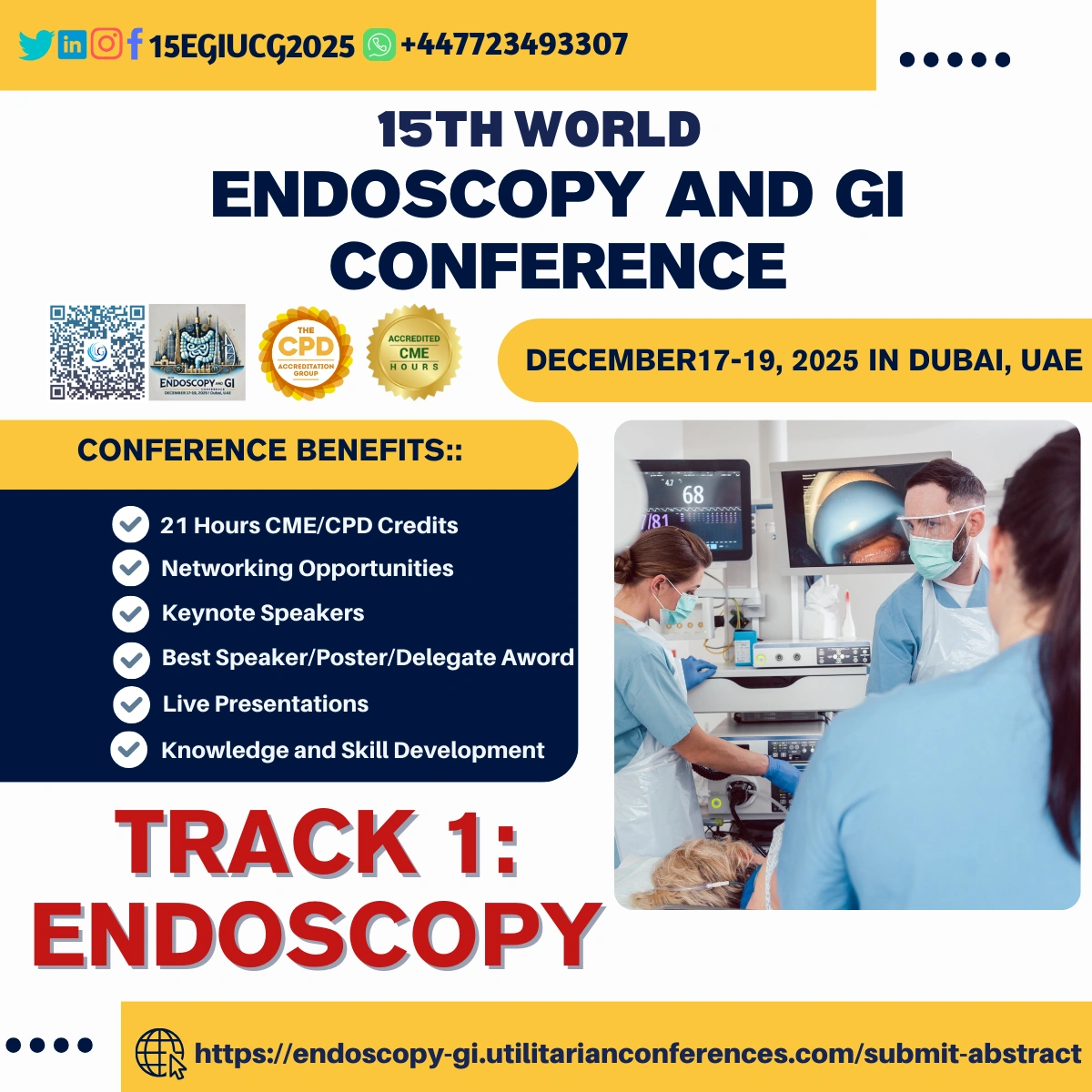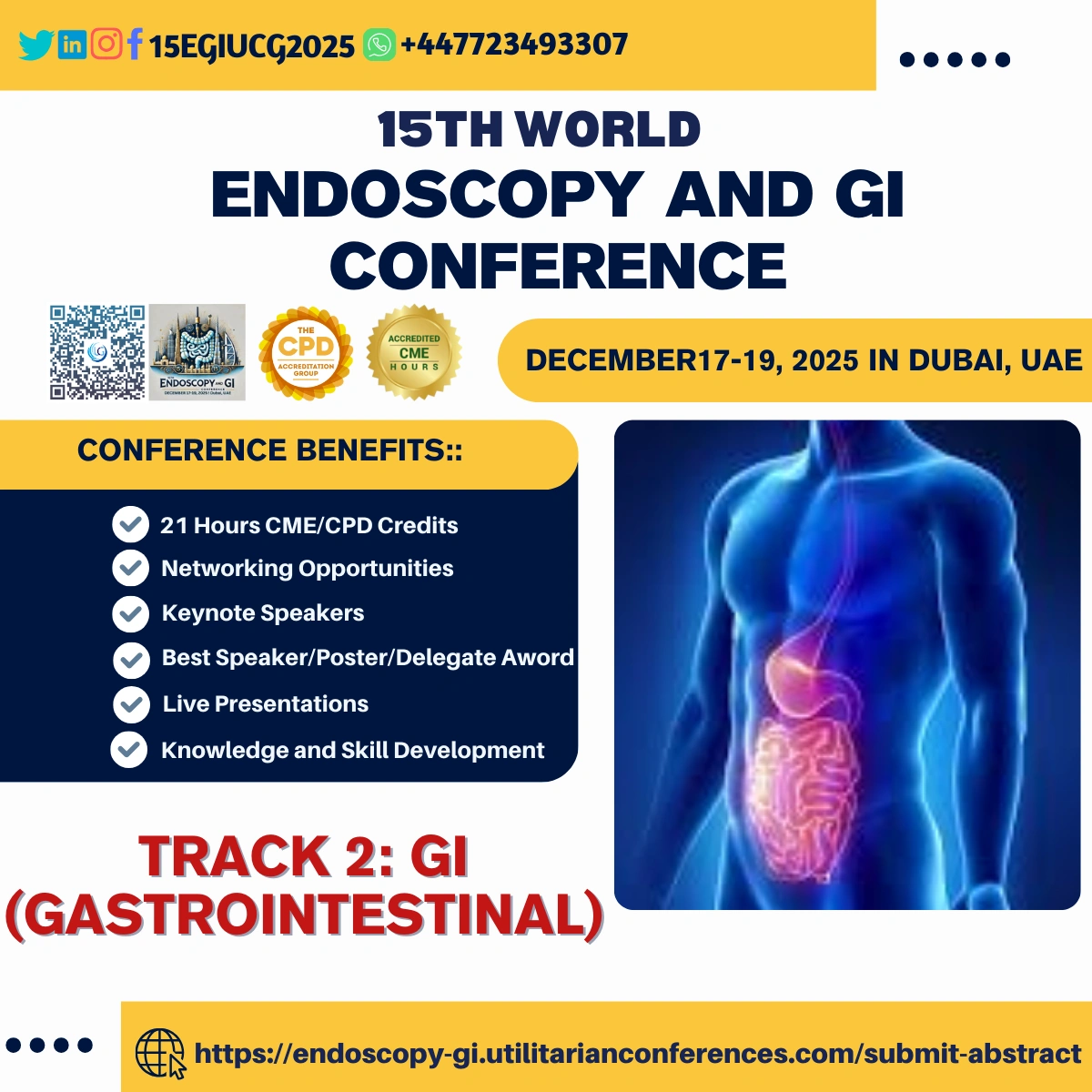



Endoscopy is a medical procedure that allows healthcare providers to examine the...

The gastrointestinal (GI) system, also known as the digestive system, is a complex...

In addition to its diagnostic applications, endoscopy is widely used for therapeutic purposes in managing various gastrointestinal (GI) and non-GI conditions. Therapeutic endoscopy involves using the endoscope as a tool to perform minimally invasive procedures, often eliminating the need for major surgery.
Treatment of GI Bleeding
Polyp Removal (Polypectomy)
Stent Placement
Treatment of Esophageal Varices
Foreign Body Removal
Stricture Dilation
Gallstone Removal
Feeding Tube Placement
Treatment of Barrett's Esophagus
Drainage of Abscesses or Fluid Collections
Tumor Resection
Weight Loss Procedures
Fistula or Leak Closure
Therapeutic Capsule Endoscopy
While generally safe, therapeutic endoscopy may carry risks such as:
Therapeutic endoscopy is a cornerstone of modern gastroenterology, enabling doctors to treat a wide range of conditions efficiently and with minimal discomfort to patients. Its role in managing GI bleeding, removing polyps, placing stents, and performing other interventions has significantly improved outcomes and reduced the need for invasive surgery.
Sub Topic: Polypectomy and Removal of Abnormal Growths, Endoscopic removal of benign and precancerous polyps, Techniques for safe and effective polypectomy, Management of GI Bleeding, Endoscopic control of lower GI bleeding, including diverticular and colonic hemorrhage, Colonic stents for bowel obstruction or stricture management, Balloon dilation for strictures in the esophagus, stomach, and intestines, Comparison between EMR and ESD for specific lesions, Management of GI Infections and Inflammatory Conditions.